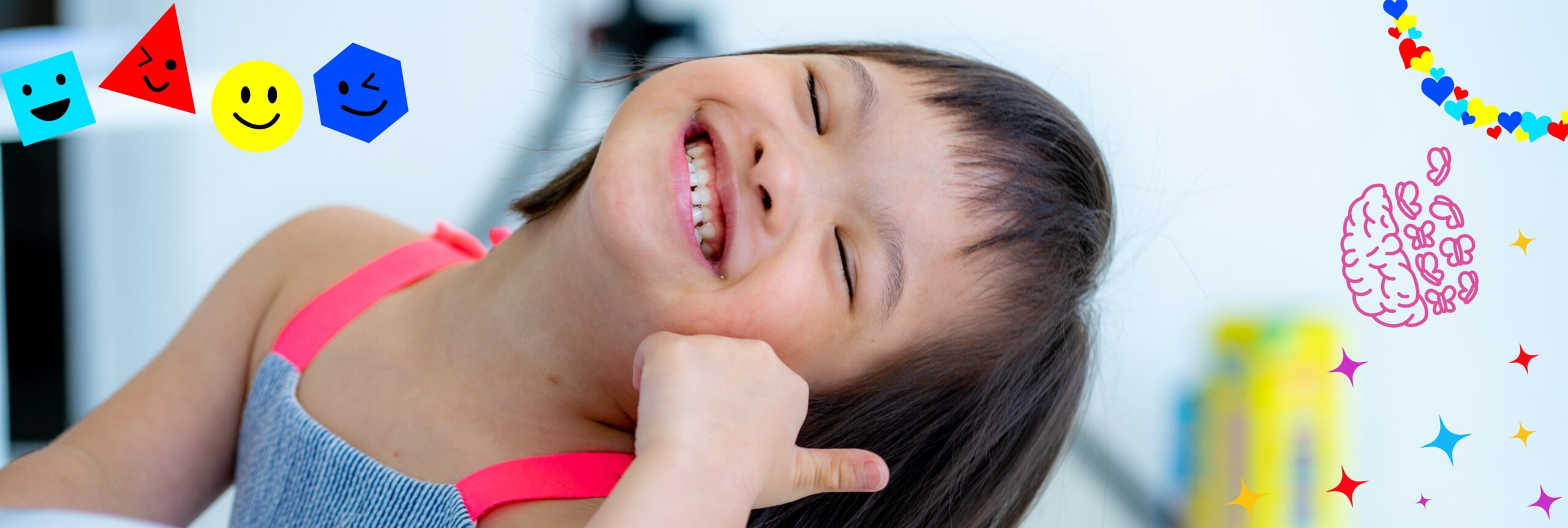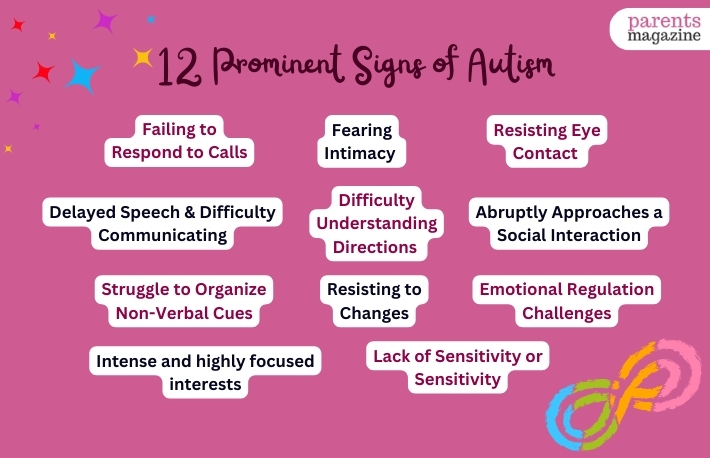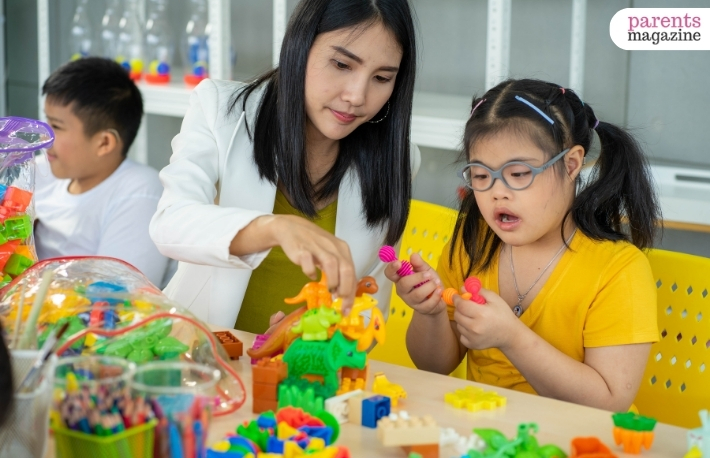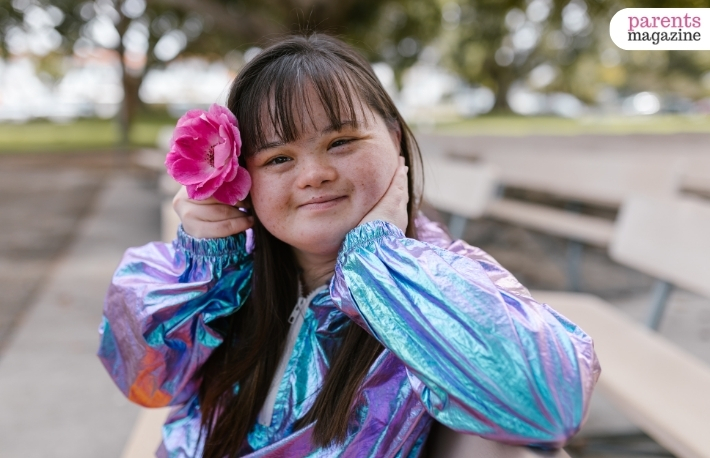
Signs of Autism: Raise Awareness & Build a Better World
The signs of autism appear different from person to person.
While some people seem fine externally and have mild autistic symptoms, some may carry extreme signs that put them in an awkward space during social conversations.
It’s important to learn about different signs of autism to spot early symptoms in children. Not only does it help implement treatment early, but it also helps parents build an early safe space for children with autism.
Whether for a social cause or to help someone of your own, it’s important to learn about autism and its common signs. The following article has all the signs you must look for to spot autism.
What is Autism?

Autism Spectrum or Autism is a personal disorder that makes it challenging for individuals to engage in social communication. They often have restricted or repetitive behaviors.
The term Spectrum is used to showcase a wide range of challenges people usually face when they have autism. Some people with autism may require a significant amount of support in their daily lives. On the other hand, some people with autism excel in some skills. Some even work independently and may not need any assistance at all.
In medical terms, ASD, or autism spectrum disorder, is a neurological or developmental disorder that affects people and how they interact, learn, and communicate. In fact, their behavior is also part of autism.
12 Prominent Signs of Autism

How do you know if someone has autism? Here are some common signs of autism to help build social awareness. It’s essential to learn about these signs to prepare a safer space for people with autism and provide them with the necessary support.
1. Repetitive Movement, Speech patterns, or play
Autistic children or people show the signs of doing the same thing repetitively. They usually repeat body movements, simmer, or run back and forth to regulate emotions. When talking, they are often seen rocking, flapping their hands, or flipping switches repetitively. They can also be seen imitating the movements of another person or repeating words or phrases.
2. Failing to Respond to Calls
Sometimes, they fail to respond when someone is calling them by their names. It seems almost as if they cannot hear. You may have to call them more than once to get their attention, even when they are close by.
3. Fearing Intimacy
One of the most conspicuous signs of autism is a child not responding to intimacy, holding, or cuddling. They may resist when their parents, siblings, or friends want to cuddle or hold hands. Instead, they’d prefer playing alone or retreating to their world.
4. Resisting Eye Contact
They don’t understand the vivid expressions and make eye contact. Autistic people often look away or avoid eye contact when speaking to others. Their faces remain blank and without expression even when talking about deep emotions.
5. Delayed Speech & Difficulty Communicating
One of the significant signs of autism is lacking the ability to properly utter words. Autistic children often have delayed speech patterns. They may struggle to speak consistently. It’s more challenging to start a conversation or finish their sentences comfortably. When they speak or start off a communication, it’s only to ask for something.
6. Difficulty Understanding Directions
Some individuals with autism find it hard to understand simple questions and answer them. When someone gives them directions, they may not completely understand it. Acting on directions or orders is often difficult for autistic people. They don’t point to things or objects and share interests.
7. Abruptly Approaches a Social Interaction
It’s difficult for people with autism to approach social interaction. They don’t understand how to approach social interaction and often approach it using inappropriate behaviors. They can appear aggressive, passive, or disruptive sometimes.
8. Struggle to Organize Non-Verbal Cues
People with autism struggle to showcase nonverbal cues. They cannot trace, interpret, or understand other people’s nonverbal cues or body movements. Whether it’s a facial expression, body posture, or tone of voice, it’s difficult for them to understand the underlying meaning of nonverbal expressions.
9. Resisting to Changes
One of the signs of autism includes an insistence on sameness and clinginess to a routine. They don’t like changes in their routine work. Their behavior is almost ritualistic. They can watch the same video repeatedly, need their meal at the same time every day, and take the same path to school.
10. Intense and highly focused interests
Children with autism usually have a heightened sense of focus and interest in something too narrow. They also develop extreme knowledge and interest in tiny, narrow spaces.
11. Lack of Sensitivity or Sensitivity
One of the prevalent signs of autism includes a child’s under-sensitivity or over-sensitivity to sensory stimulations. They may get overwhelmed by different types of lights, touches, or textures. It’s not always over-sensitivity or under-sensitivity.
Autism can also lead to a fascination with specific movements or lights. This is called a sensory-seeking behavior. They can also lack sensitivity to pain or temperature sometimes, which is a lack of sensitivity.
12 . Emotional Regulation Challenges
It’s difficult for autistic people to manage their emotions and regulate them as required. They cannot handle stress easily and manifest their emotional hurdles and stress in the following manner –
Simulations that are minor to others may come as extreme to children with autism. They can get overwhelmed with little stimulants. They also experience other disorders like anxiety disorders, ADHD, and depression. Such changes can complicate their emotional regulation later.
Prevalence and Demographics

The Centers for Disease Control & Prevention suggest that approximately 1 in 44 children in the USA get diagnosed with autism.
However, the number of children with autism is growing. The rapid growth of children born with autism is also giving rise to awareness regarding this disorder.
Autism is a disorder that affects people across geographical boundaries, ethnicities, and socioeconomic backgrounds. But it is more common in boys than in girls.
It’s essential to understand the signs of autism irrespective of whether someone in your family or relatives has it. Knowledge of this disorder helps raise awareness and prompt people to build a safer space for people with autism. Growing awareness about autism helps create an inclusive environment for people with autism.
Hallmark Signs of Autism: Social Communication Differences

One of the hallmark signs of autism is difficulty with social communication. Individuals on the spectrum may struggle to interpret social cues, leading to misunderstandings during interactions. Here are some common indicators:
- Lack of Eye Contact: Many individuals with autism may avoid making eye contact during conversations, which can be misinterpreted as disinterest or aloofness.
- Limited Use of Gestures: Non-verbal communication plays a significant role in social interactions. Individuals with autism might not use gestures like pointing or waving to communicate.
- Difficulty Sharing Interests or Emotions: People with autism may find it challenging to engage in reciprocal conversations or share their feelings and interests with others.
Conclusion
As we discussed before, it’s essential to recognize and understand the signs of autism. This not only helps you build a safer space for someone you care about but also helps you build social awareness.
It’s important to pass on the knowledge about the differences in sensory sensitivities or other signs of autism. Most importantly, these signs manifest quite uniquely in different people. We must always learn to understand how complex the world is for them and help improve it by increasing inclusivity and awareness.
Read Also:
Already have an account?
Sign In
Create your account
User added successfully. Log in








